Located on the eastern side of Crete, Lassithi is the least tourist region of the island. Although it has some popular places, including Elounda, Sissi, Sitia and Ierapetra, the rest of the region is authentic and away from mass tourism. The best beach of Lassithi Greece is Vai, an amazing place with an impressive palm forest and crystal water. All the beaches have crystal water and relaxing atmosphere. Very interesting are also the traditional villages in the Plateau of Lassithi, keeping all the local customs and a calm pace of life. A drive around will bring you to ancient sites and Medieval Castles, such as the Minoan palace of Zakros and the famous island of Spinalonga. Share it!
Beaches
1. Balos lagoon
The famous lagoon of Balos is located approximately 56km northwest of Chania and 17km northwest of Kissamos, formed between the Cape Gramvousa and the small Cape Tigani. Balos is surely the mostly photographed beach in Crete, a very favorite subject of all tourist guides for Greece. It is no coincidence that Prince Charles and Princess Diana visited Balos with their private yacht many years ago.
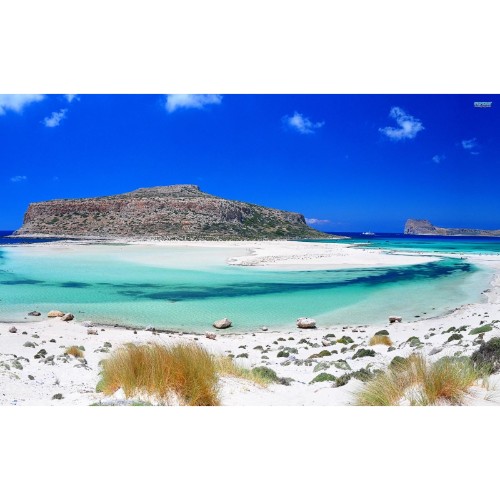
2. Falassarna Beach
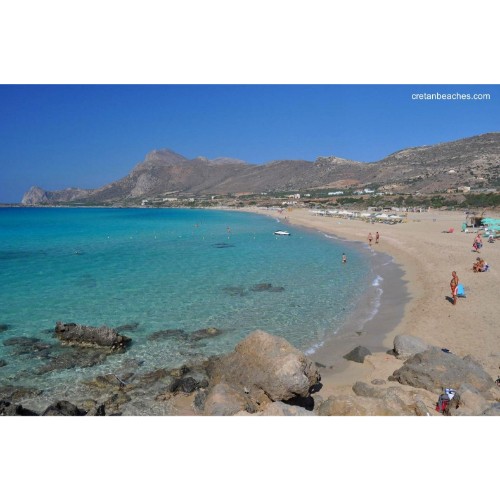
The exotic beach of Falassarna is located 59km west of Chania and 17km west of Kissamos. It’s located in the western part of Cape Gramvousa. At the northern end of the beach are the ruins of the ancient Roman city of Falassarna.
3. Kedrodasos beach
Kedrodasos (i.e. cedar forest) is an amazing beach, located 76km southwest of Chania and 1km east of the famous Elafonissi lagoon. The beach is filled with juniper trees (mistakenly confused with cedars) and sanddunes, reminding of Lebanese beaches.

4. Elafonissi beach

Elafonisi is located 76km west of Chania and 5km south of Chrysoskalitisa Monastery, in the southwesternmost point of Crete. Elafonisi is an oblong, which often "breaks" in two parts by water giving the impression of being a separate island.
5. Stefanou Beach (Seitan Limania)
Stefanou beach is located near the position of Seitan Limania (i.e. satan harbours), 22km northeast of Chania and 2km east of the village Chordaki, at the east side of Akrotiri Cape. The wider area is named Seitan Limania, after the wild landscape, the steep cliffs and the strong sea streams which are very dangerous. Here are situated three parallel narrow coves, well protected from the waves.
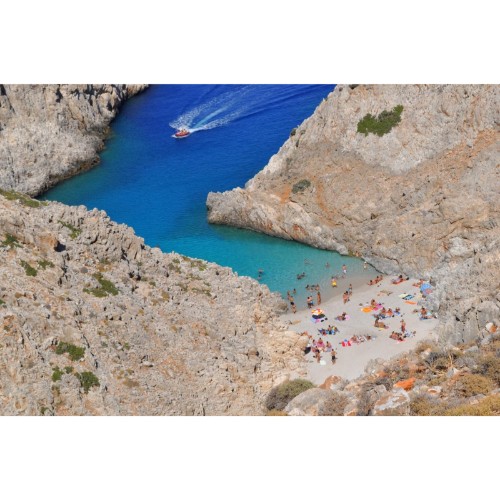
6. Stalos beach
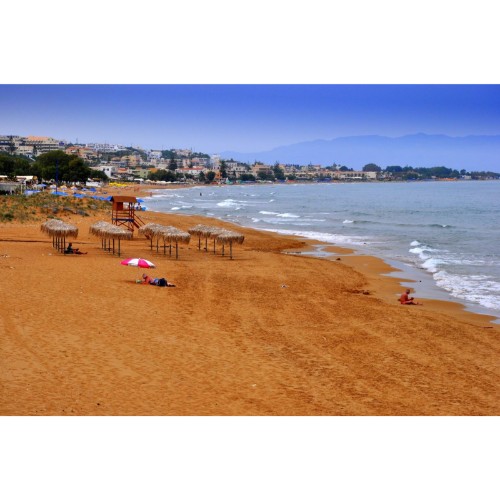
Kato Stalos, which is the coastal part of Stalos, has a fantastic sandy beach. The beach is very well organized and is providing all the possible touristic services. For this reason, the beach is awarded every year with blue flag.
NATURE:
1. Samaria Gorge
The Samaria Gorge is the longest trekking gorge in Europe and also the most famous of all. Thousands of tourists flock here daily in the summer season to walk from the top to the bottom. For many visitors, it is the sole purpose of their visit to Crete. The length of the gorge reaches 18km and takes almost 4-7 hours to hike from Omalos to Agia Roumeli, depending on trekking speed.
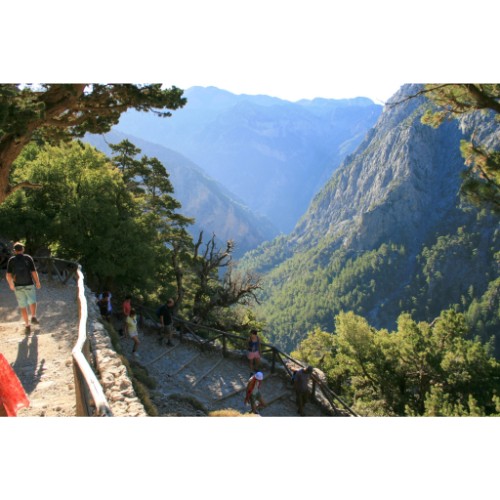
2. Imbros Gorge

Imbros Gorge is located in province Sfakia and is the third most visited gorge in Crete, following Samaria Gorge and Agia Irini by Sougia. The scenery is beautiful and the low difficulty make the descent of Imbros ideal for families with children. The length of the gorge is 11 km and the course lasts 2-3 hours.
3 Agia Irini Gorge
The gorge of Agia Irini is on the west side of the White Mountains, with many vertical passes. It gets its name from the homonym village located near the entrance, 46 km from Chania. Its length is 7.5 km and its crossing takes three hours. The gorge ends up in the seaside village of Sougia.
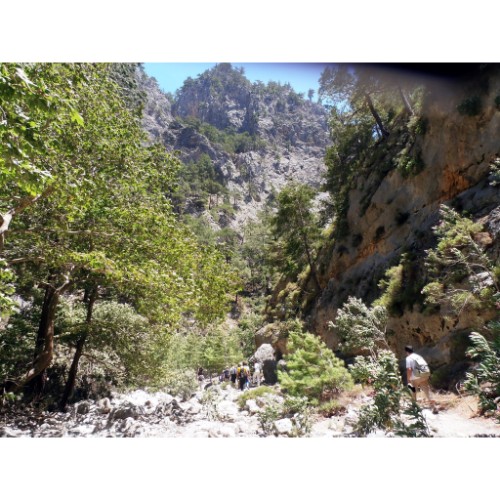
4. Lake Kournas
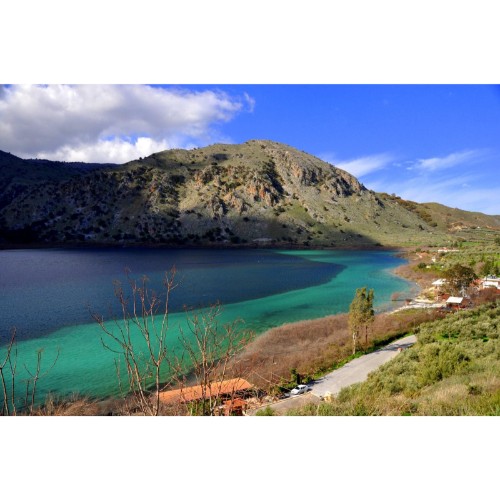
Lake Kournas and its surroundings constitute a very important ecosystem for Greece. Kournas is one of the very few areas of Crete where plenty of fresh water is stored throughout the year. For this reason, it is protected under the Natura 2000 program.
5. Omalos Plateau
Omalos is located 38km south of Chania at an altitude ranging from 1,040 to 1,250 meters, surrounded by the high peaks of the White Mountains. The plateau is particularly beautiful in the winter, when it is frequently covered by snow. At older times, the plateau of Omalos was the shelter of the locals and the base of rebels during the two and a half centuries of the Turkish occupation, but also during all other wars against invaders.
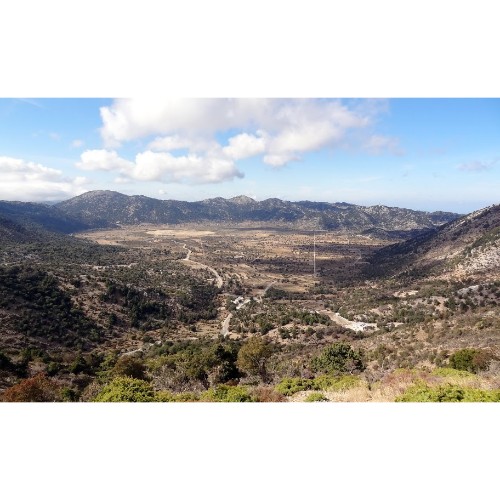
6. Lefka Ori National Park

The National Reserve of Lefka Ori (Samaria) constitutes one of the oldest National Reserves in Greece and was declared a Park in 1962. Its core is the gorge of Samaria, although it also includes the Mount Desert of Lefka Ori and Sfakia shoreline. The main purpose of its protection was to keep the local environment intact, as it hosts many endemic species of fauna and flora. Since 1981m it has been listed in the Global Reserve Network of Biosphere.
MUSEUM & ARCHAEOLOGICAL SITES:
1. Ancient Kydonia
The Minoan Kydonia was built at the current location of the old town of Chania. Kydonia was the third largest town of Minoan Crete. Here developed a thriving craft industry and the town became rich through sea trade, which was favored by its position. Indeed, the ancient writers mention Kydonia as the mother of the Cretan towns.
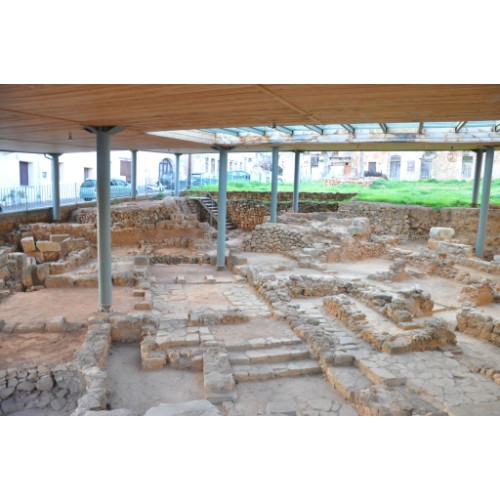
2. Aptera Koules
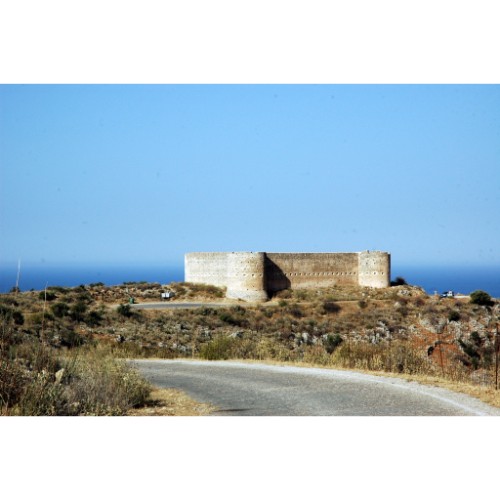
The fort of Koules is located in Paleokastro area, 12km east of Chania, near the village of Kalami and close to the ruins of ancient Aptera. The fort was built by the Turks after the Cretan Revolution of 1866, in the framework of a program to control Crete from a network of towers.
3. Ancient Falasarna
The ancient town of Falasarna (or Phalasarna) is located at the west base of the peninsula Gramvousa and was one of the major towns of Crete during the Hellenistic Era. The city was famous for its port, the only natural harbor in western Crete, built in a small lagoon.
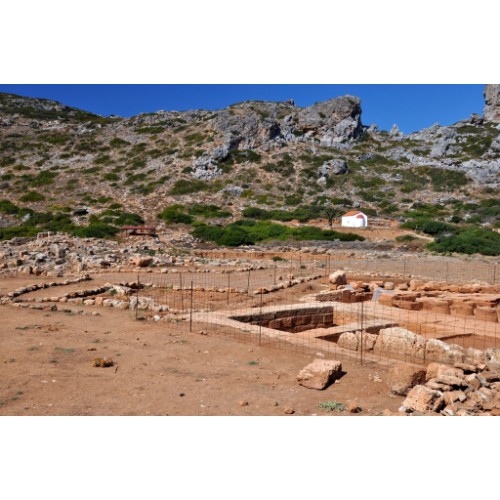
4. Ancient Lissos

Ancient Lissos was the seaport of Elyros and was built in a small valley between Sougia and Paleochora. It flourished from the Hellenistic period up to the 9th century, when it was destroyed by the Saracens. It was famous for the Asclepion, where patients from all over the island arrived to be healed from the thermal baths.
5. Archaeological Museum of Chania (St Francis)
The Archaeological Museum of Chania is located next to the Venetian harbor and is housed in the church of the old Venetian monastery of Agios Fragiskos (St Francis) of the Franciscans. The exhibition is divided into two major sections. The eastern section hosts findings from the Neolithic until the Late Minoan period.
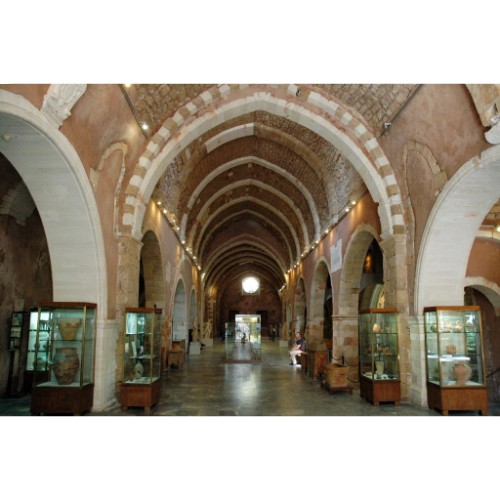
6. Maritime museum of Crete
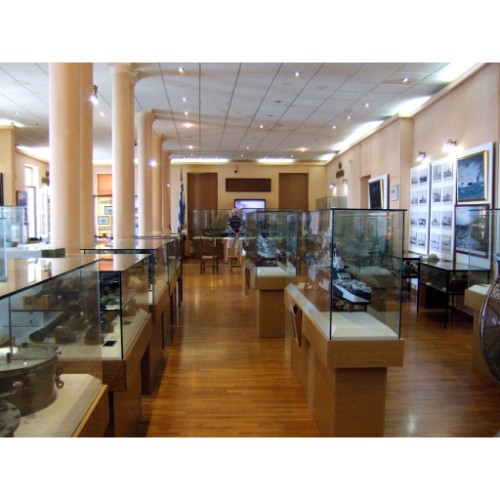
At the entrance of the port of Chania is situated the Venetian Fortress Firkas, where on December 1st 1913, the Greek flag has been hoisted, sealing the union of Crete with the motherland Greece.




